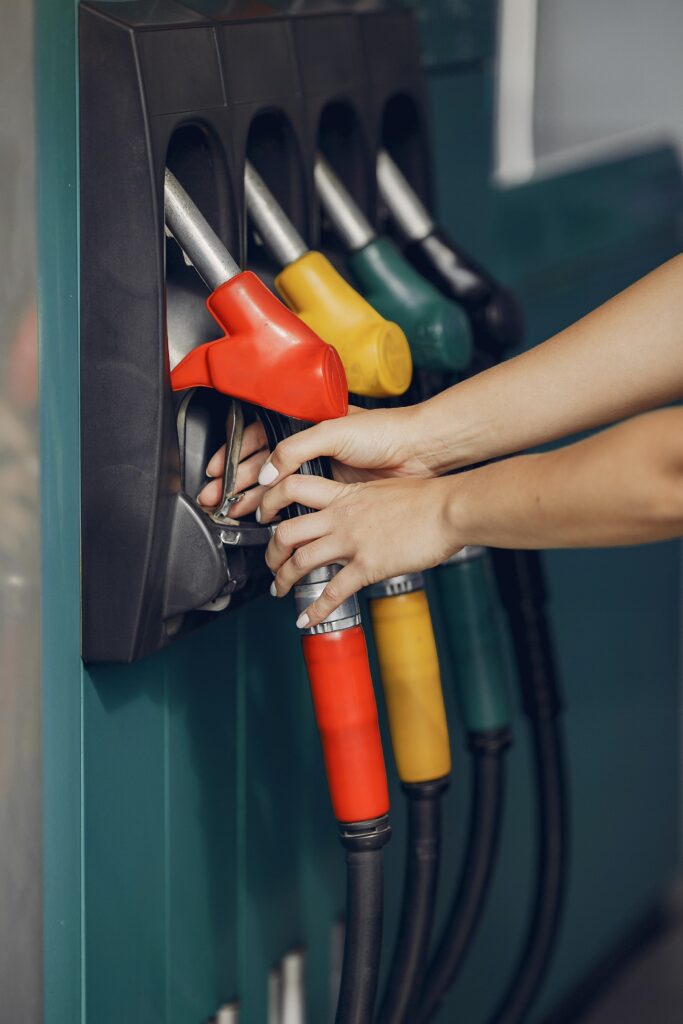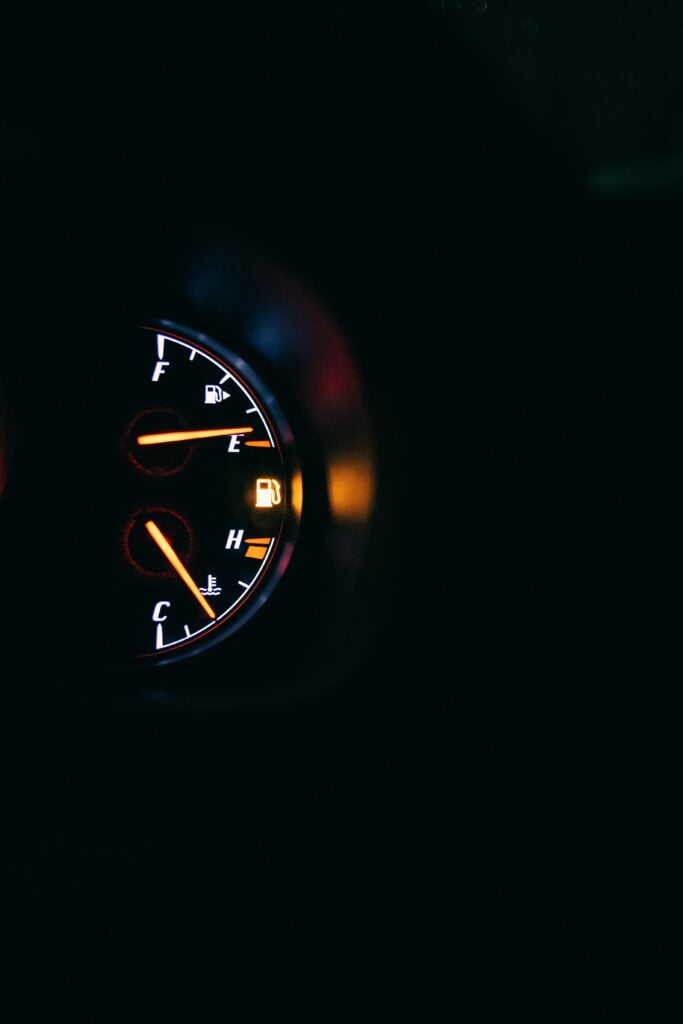The cost of filling up the family car today hit £100 as the price of a litre of petrol rocketed this morning to 180.7p – the biggest daily rise in 17 years.
Figures from data firm Experian Catalist then confirmed the average cost of a full tank of petrol for a typical 55-litre family car has exceeded £100 for the first time.
Following this news, Nick Drewe, a savings expert at WeThrift has shared six ways drivers can cut down on their fuel costs.
Use cashback schemes and loyalty cards
From Texaco to Sainsburys, various petrol stations and supermarkets offer cashback schemes and loyalty cards to encourage customers to use their services.
Every time you buy fuel at a particular station, you simply have to swipe your loyalty card and points are then awarded.
BP, for example, offers a loyalty scheme where if you earn 200 points, you’ll be able to claim £1 off your fuel or shop purchases. With a Tesco Clubcard, you’ll be able to earn one point for every £2 spent every time you fill up at the supermarket’s petrol station.
As the nation continues to grapple with the accelerated cost of living, these incentives can go a long way.
Be conscious of how much you’re topping up
Every time you fill up your tank, make sure to only top up what your car requires at the time. A top tip to deciding the correct amount of fuel you need is to keep a consumption notebook in your glove box or keeping a record on your phone.
For every visit to the petrol station, note down how much fuel you put in your car to get from A-B. In this ever-changing economy, be sure to record your fuel consumption in litres and not in pounds.
Select your sat nav app carefully
If you’re driving in an unfamiliar location, make sure you use a sat nav to avoid going in circles and wasting your running costs.
Sat navs are great devices for saving money because they will show you the quickest route to your destination. They can also work in real time and help you avoid getting stuck in traffic jobs, and some models will even select the most economical route to help you avoid fuel-stealing obstacles such as large hills and heavy stop-start traffic.
Motorists will be pleased to know that there is a new ‘eco-friendly routing’ feature on Google Maps, which instructs drivers on the most economic route to take.
Fill up your tank at supermarket
Supermarket fuel is often cheaper than branded fuel.
Whilst supermarket fuel usually comes from the same refineries as the big brands brands like Shell or Esso, these brands will usually add a range of special additives to their own fuels in order to improve efficiency and performance – which is why they tend to cost more.
Inflate your tyres to the right pressure
If you have the incorrect tyre pressure, you’ll be using more fuel to keep your car running smoothly. This is because of the added friction while driving that comes from a misshapen tyre.
To know what the recommended tyre pressure is for your vehicle, first check your vehicle handbook.
Sometimes the pressure could be printed either in the sill of the driver’s door or on the inside of the fuel tank flap.
Your vehicle manufacturer may also suggest different tyre pressures for your front and rear tyres so it is always worth doing your research.
Drive smoothly
One of the easiest ways to save on fuel is to drive in a smooth manner. Be sure to accelerate smoothly and avoid hard breaks to limit your fuel consumption. Shifting gears from time to time can also help you to avoid throwing away your fuel.
If you’re driving a new model, check if your vehicle has a gear-shift indicator, as this will inform you of the most economical and efficient point to change your gear. As well as this, there are apps such as Aviva Drive that lets you record your driving style and give you indications on how to improve it.



